The manufacturing and production industries generate hazardous and non-hazardous liquid waste. If it isn’t disposed of properly, the ecosystem will suffer and businesses could face significant liabilities.
Inadequate disposal can also contaminate water sources that people use for drinking and cause various health risks. Liquid waste is typically stored in tanks, lagoons and ponds. Click the Liquid Waste Removal Perth to learn more.
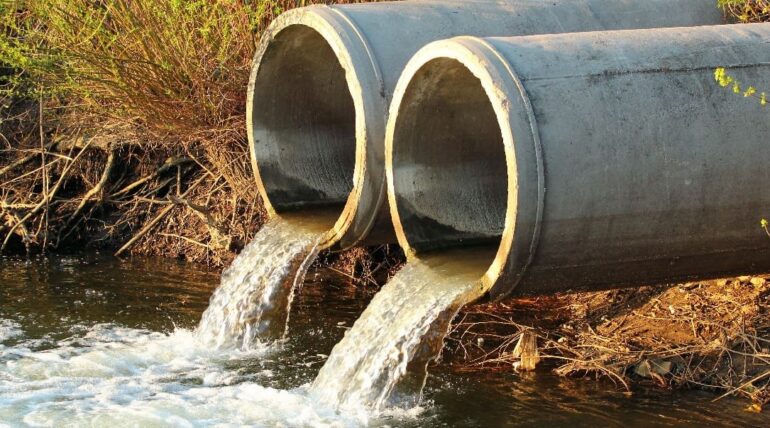
The dewatering process involves separating liquids from solids to reduce the volume of waste. This step is an essential part of managing liquid waste because it allows for smaller, more manageable volumes to be transported and treated. It also ensures that your company is following regulations regarding the handling of hazardous wastes and non-hazardous liquids.
The first step is to identify the type of liquid waste you’re dealing with. This will help you decide which treatment or disposal method to use. Wastewater is a common type of liquid waste that comes from households and businesses. It contains organic matter, chemicals, and pathogens, so it’s important to treat and dispose of it correctly. Chemical waste is another common type of liquid waste. This includes solvents, paints, pesticides, and other industrial chemicals. It’s important to handle this type of liquid waste with care as it can be toxic to humans and the environment.
Once you’ve identified the type of liquid waste you’re working with, it’s time to separate it into its different components. This helps minimize the risk of accidental spills and leaks. It also makes it easier to transport and dispose of the waste.
When it comes to transporting liquid waste, there are several options available. You can place the waste in disposal barrels or bins and take it to an approved dump area. This is one of the simplest methods of liquid waste removal, and it doesn’t require any additional technology or facilities. You can also use professional waste management services to transport the liquid waste for you.
There are a few ways to dispose of liquid waste, including land application, direct/indirect discharge, underground injection, and ocean dumping. Each option has its own benefits and risks. For example, direct/indirect discharge can cause environmental damage to sensitive ecosystems. Ocean dumping is a popular method for disposing of liquid waste, but it’s now regulated to avoid harming marine life.
Liquid waste is an inevitable byproduct of many business and household activities. When it’s not handled and disposed of properly, the consequences can be severe. However, implementing an efficient system for generating, treating, and transporting this waste can protect people and the environment.
Disposal
Disposal of liquid waste involves safe practices and procedures to protect human health, wildlife and infrastructure. Those who don’t follow proper disposal methods can face significant fines and legal action.
Whether at a home, office or manufacturing plant, the way businesses and households handle liquid waste can have a huge impact on the environment. Properly disposing of hazardous liquid waste is key to protecting the environment and ensuring public safety. This is why many facilities hire professional waste management companies to take care of the collection, transportation and disposal of liquid waste.
Before any liquid waste can be disposed of, it must undergo treatment and be treated to ensure that it isn’t dangerous for the environment or humans. Liquid waste treatment involves a variety of different techniques, including physical and chemical methods. Physical methods include sedimentation and filtration, while chemical treatments use chemicals to remove contaminants from liquid waste.
After the liquid waste is treated, it can be disposed of through sewer systems or in designated landfills. Sewage systems are commonly used in urban areas, while septic systems are popular in rural locations. Both systems require regular maintenance and inspections to prevent sewage system overflows, contamination and clogging.
Liquid waste can also be disposed of through incineration. This process involves combusting the waste at high temperatures, which helps to reduce its volume and destroy harmful pathogens. However, incineration releases toxic substances and greenhouse gases into the atmosphere, which can cause air pollution, exacerbate asthma and other respiratory conditions, and contribute to climate change.
Ideally, liquid waste should be recycled or reused wherever possible. This is a sustainable approach that reduces the demand for freshwater resources and can help to protect the environment. Liquid waste recycling and reuse can be achieved through several methods, such as membrane filtration, reverse osmosis and biological processes. These processes also have the potential to turn toxic waste into useful products, such as biogas and water.
Treatment
Liquid waste can be extremely dangerous, posing environmental, health, and economic threats if it is not handled properly. It can also be a source of contamination for watercourses and other natural resources. That’s why it is essential to follow strict disposal methods. Those that don’t take the time to dispose of liquid waste correctly risk fines and penalties.
Non-hazardous liquid waste can come from households, businesses, or industrial activities. It may be organic or inorganic, biodegradable, or chemically reactive and toxic. It can also be flammable, explosive, or corrosive. Examples include grit trap waste, grease trap waste, septic tank pumpings, chemical toilet waste, and municipal wastewater treatment plant sludge.
Hazardous liquid waste comes from manufacturing, oil and gas, mining, and other industrial sectors. It can contain a range of toxic chemicals, including heavy metals. It can be highly dangerous if it seeps into the groundwater or surface water sources, and contaminates them. This can disrupt ecosystems, kill marine life, and cause harm to human beings.
It is important to separate hazardous and non-hazardous liquid waste before it is disposed of. This can help to reduce the risk of cross-contamination and improve the efficiency of disposal measures. Then, the waste can be sent to authorised facilities that are equipped to handle the specific type of liquid waste.
Treatment processes are designed to convert liquid waste into harmless by-products or useful resources. They begin with screening and separation, which involves removing large particles from the liquid waste and separating out non-organic contaminants. This step is usually carried out using gravity-based separators or mechanical separators. It’s also possible to use a mixture of different methods to achieve the best results.
The next step in most cases is anaerobic digestion, which involves putting the waste into an oxygen-free tank where microorganisms digest it to produce methane and other gases that can be used for fuel. In other cases, a dewatering and thickening process is used to reduce the volume of the liquid waste, making it easier to transport and store. It can then be sent to recycling centers or turned into compost.
Recycling
The process of recycling liquid waste involves converting it into usable byproducts or resources. This type of treatment reduces the burden on natural resources and enables safe, responsible disposal. It also minimizes the impact of toxic contaminants on the environment, helping to reduce greenhouse gas emissions and prevent soil contamination. The processes involved in treating liquid waste typically include screening, separation, dewatering, oxidation, reduction and more.
There are four main types of liquid waste: household liquid waste, industrial waste, agricultural waste, and sewage. The former includes products like leftover paint, used motor oil, and cleaning solvents. These contain harmful chemicals that need to be disposed of properly. Industrial waste contains dangerous substances that are often the result of manufacturing or production processes. These require specific and strict treatment processes to ensure that they don’t pollute waterways or harm the ecosystem.
Agricultural liquid waste often includes organic matter such as animal blood and plant materials. This can be decomposed through anaerobic digestion to produce biogas and fertilizers. Sewage is the most common form of sewage, which includes human and animal excrement that is flushed into sewer systems. The resulting waste is often treated using biological methods to remove harmful pathogens and contaminants.
Other methods of treating and dumping liquid waste are incineration, deep well injection, and surface disposal. Incineration is an efficient way to reduce the volume of liquid waste and can help to eliminate odors and bacteria. However, it can create toxic air pollutants and greenhouse gases, so it is important to treat the resulting ash before reusing it. Deep-well injection is a more environmentally friendly method that uses an underground well to inject liquid waste into the ground. It is usually done in conjunction with other treatments to prevent contamination of the surrounding soil.
The best way to handle liquid waste is to recycle and reuse it whenever possible. This can be as simple as bringing your old tupperware and aluminum to centers where it is repurposed into new products. In many cases, it is also possible to recycle liquid waste through processes such as reverse osmosis and UV radiation, which can turn hazardous substances into useful byproducts that can be reused in agriculture and other applications.
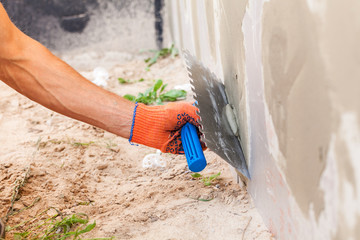
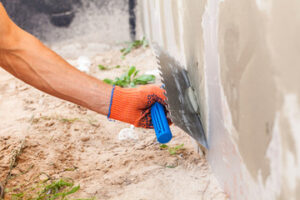

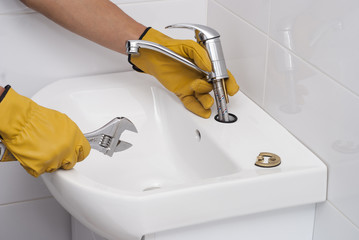
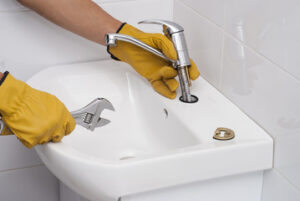






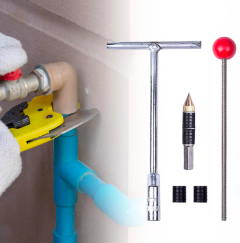
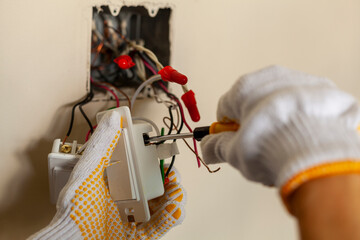
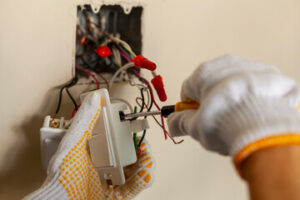 As the name implies, residential electricians work on electrical systems in homes and other buildings.
As the name implies, residential electricians work on electrical systems in homes and other buildings.